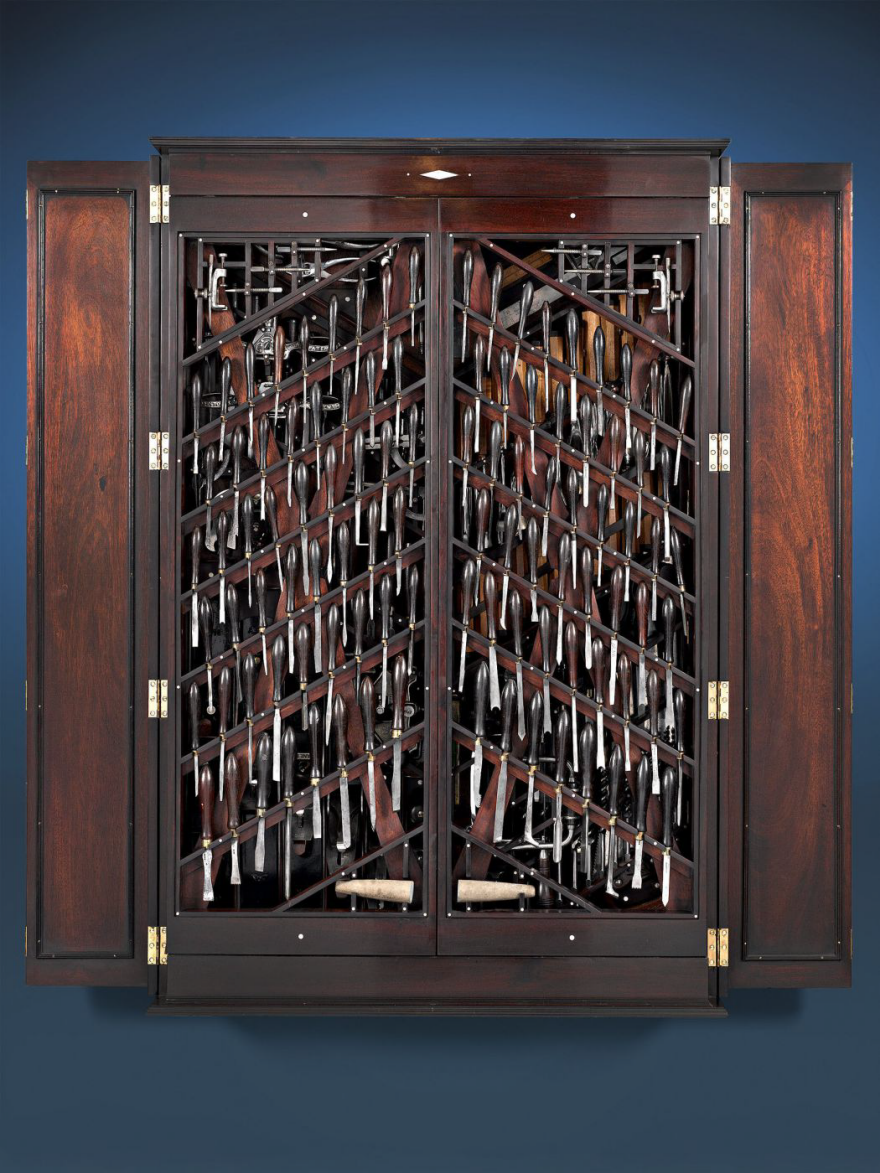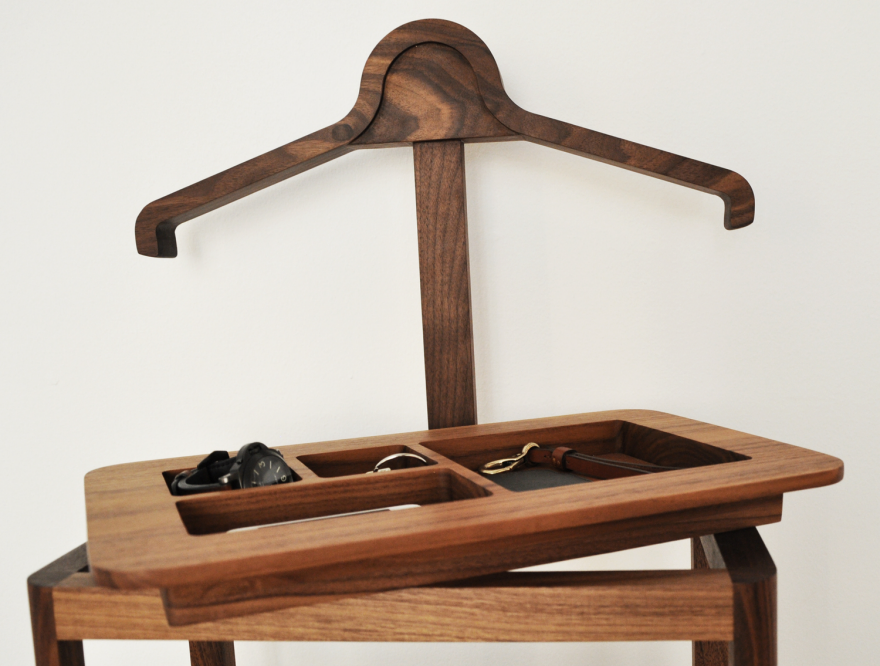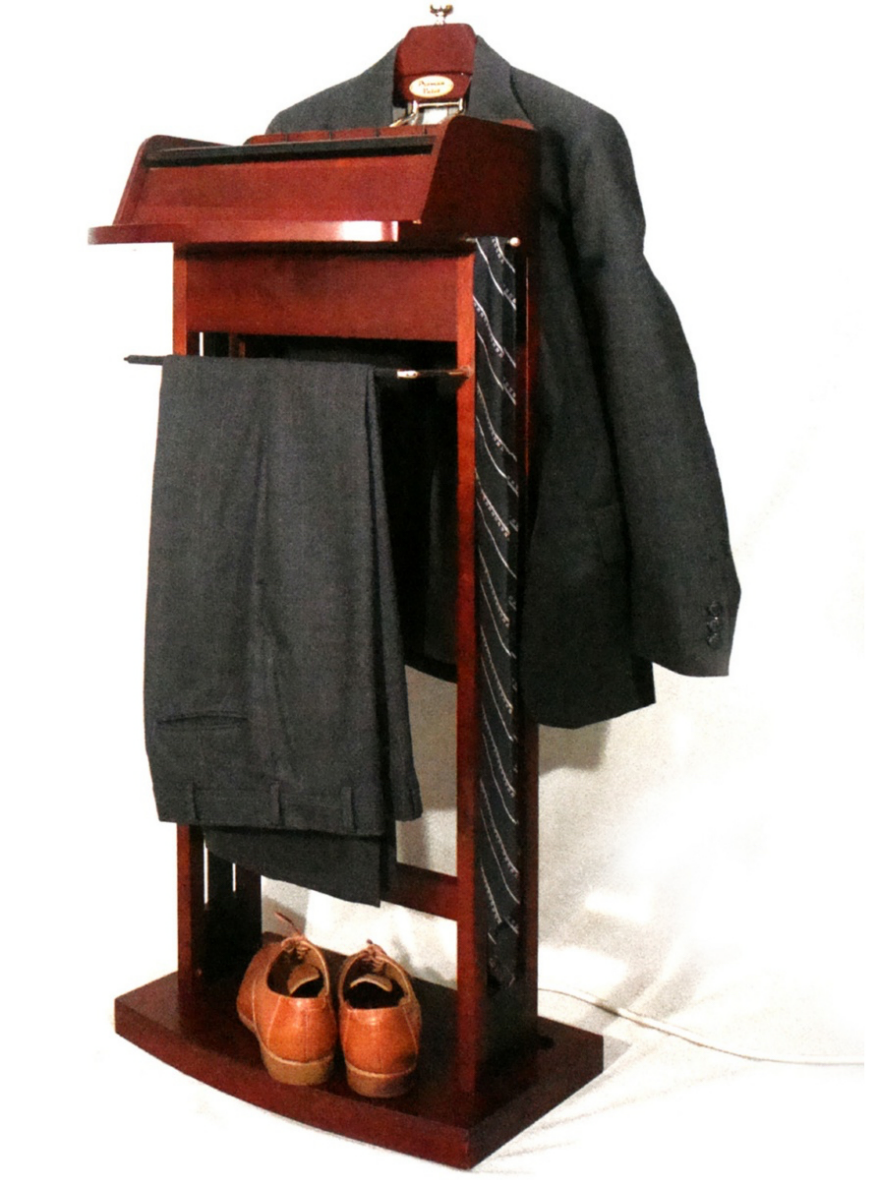NYCxDesign is in full swing and if you're anything like us, you are starting to map, setup calendar alerts and share invites to all your favorite design events. To help navigate the options, our editors have combed through hundreds of events from the upcoming weeks to pick out our favorite going-ons during this year's festivities. Here's our top 10 picks for New York Design Week 2016:
Trace Elements
The prolific Japanese design firm Nendo debuted a series of poetic cabinets that are material representations of the design sketches used to illustrate the way drawers and doors swing open and close. The Trace collection pairs simple wooden cabinetry with simple metal frames in a playful and elegant installation that leads visitors from the entrance of the fair into the venue as part of the debut Collective Influence annual presentation, highlighting the work and career-long impact of a single designer.
Nendo at Collective Design Fair, Skylight Clarkson Square, 550 Washington Street. May 4-8.
Miming the Kar-a-Sutra
When we first learned about the work of the Italian designer and longtime Olivetti consultant Mario Bellini, we were curious by his Kar-a-Sutra, a precursor to Mercedes' F 015 living room on wheels. Thanks to the artist Anthea Hamilton's vision, visitors to Frieze New York will finally be able to experience the original vision of the artist, replete with a full cast of mimes. Engage with the cast, explore some of Bellini's recommendations for living on the road but just remember, safety first!!
Kar-a-Sutra Frieze Project by Anthea Hamilton at Frieze New York, Randall's Island. May 5-8.
You Need a Grouphug
For the second year, alternative design collective Grouphug is choosing to put aside new chairs and tables and focus on design's ability to bring about positive change. This year's themed exhibition tackles on of society's most pervasive issues—prejudice. In the group show "Judge Me," designers were invited to create objects in response to some form of discrimination they've personally experienced. The resulting works, ranging from market-ready products to conceptual explorations, provide a thoughtful foundation for an expansive discussion about prejudice today. Standout projects include Humantones, a "Pantone guide" for human traits, and M.E.O.W., a wearable that discourages cat-calling.
Judge Me at 160 Orchard Street. May 6-8.
Meet the Aaltos
With over 200 works, many of them never shown publicly, this blockbuster show of the work of Artek and their two co-founders Alvar Aalto and Aino Marsio-Aalto promises to be full of moments of elegance and surprise. The exhibition is the first in the United States to showcase the comprehensive history of the brand with a range of lighting, furniture, painting, drawing and textiles on show.
Artek and the Aaltos: Creating a Modern World at Bard Graduate Center, 18 West 86th Street. Through September 25.
In the Garden of Pamela Anderson
The seeds of spring are blowing through New York City and with them, the editors of PIN-UP and the Museum of Art and Design are holding a day-long conference on the art of the garden and "cultural, physical and spiritual cross-pollination" from guest presentations from the likes of Bjarke Ingels, eco-architect James Wines, Nori Noda and Pamela Anderson. Yes, that Pamela Anderson.
Seeding presented by PIN-UP and the Museum of Arts and Design, Columbus Circle. May 7.
Plant Life
Take Out planter by FPB Studio
The organizers of this year's American Design Club presentation are tackling the great indoors with the theme of their New York Design Week exhibition, "Growth." Part of the newly launched Design Pavilion on Astor Place, we look forward to seeing the plant-friendly designs with plants supplied by our friends at The Sill.
Growth at Design Pavilion, Astor Place Plaza. May 7-11.
Analog Girl in a Digital World
This year's design festivities include a special product launch for those of us who might be a bit nostalgic for the good ol' days of physical photography. The Impossible Project, the heroes of polaroid instant film the world over, is launching their first camera on May 10 at the MoMA Design Store. The I-1 Camera pays homage to the form of the Polaroid camera while integrating digital controls that allow for contemporary functionality like aperture and shutter speed control, double aperture and remote triggering via an app on your mobile device.
I-1 Instant Camera will be available through the MoMA Design Store beginning May 10.
Punx Not Dead
With all the earnest objects and big brand showcases during New York Design Week, it's refreshing to find dissenting voices in the city that birthed the Ramones, Afrika Bambataa and The Velvet Underground. A group of emerging artist/designers are staging the second installment of JONALDDUDD showcasing objects that use furniture and housewares as a point of departure instead of the final destination.
Jonald Dudd, 285 North 6th Street, Brooklyn. May 14-15.
Shaking Up Shaker Furniture
Three years ago Oregon-based Studio Gorm launched a research project on classic Shaker design objects. The traditional American design was so compelling that they then invited like-minded designers to contribute to a full collection of works inspired by the religious group's minimalist design principles. "Furnishing Utopia" highlights brand new works by the likes of Jonah Takagi, Ladies & Gentleman Studio and Norm Architects along with 8 other prolific designers and studios.
Furnishing Utopia at Sight Unseen OFFSITE, Grace Building, 1114 Avenue of Americas, 15th Floor. May 13-16.
The Narrative of Making
![]() "Million Loops" by Maria Camarena Bernard and Aakanksha Sirothia, 2016
"Million Loops" by Maria Camarena Bernard and Aakanksha Sirothia, 2016With a dual presentation in Milan and New York, the Furniture Design and Textile Design students at RISD have had a busy Fall semester preparing for their intercontinental presentation. The Narrative of Making highlights a collaborative design process between students from the two departments with a focus on the tactile qualities of the material and forms that evoke emotion and authenticity.
The Narrative of Making by RISD at ICFF, Javits Center, 655 West 34th Street. May 14-17.
![]()







































































































